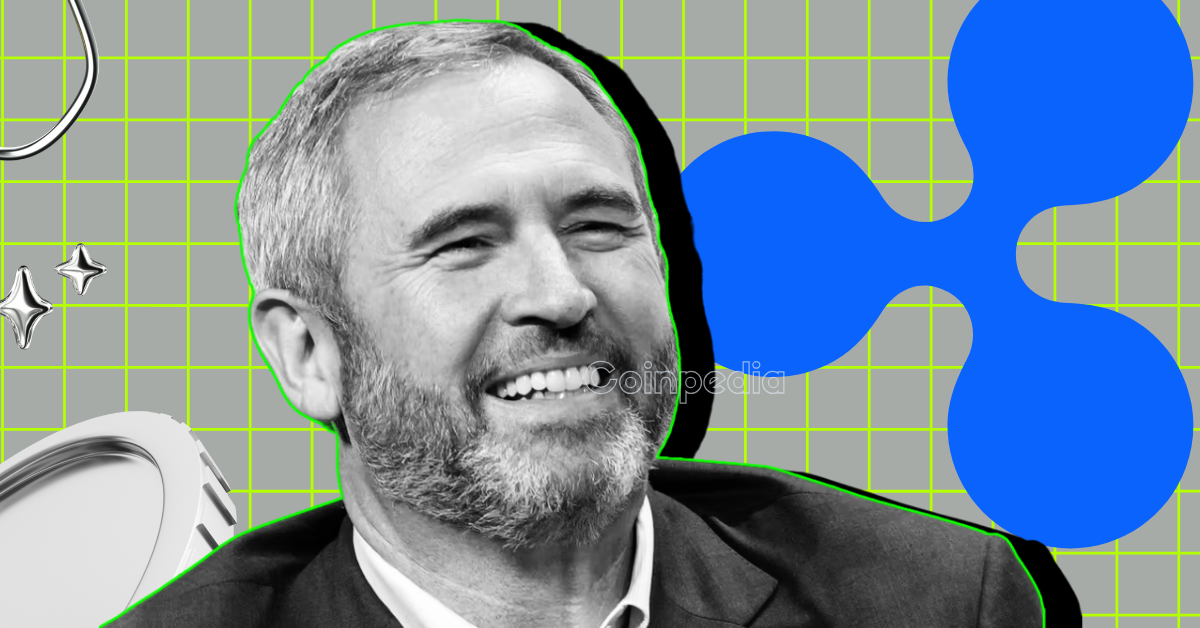The Ripple-Circle Acquisition Saga
The recent disclosure of Ripple’s $4 billion to $5 billion acquisition bid for Circle has stirred significant interest and debate within the fintech and cryptocurrency communities. This strategic maneuver, though ultimately rejected, offers a window into the competitive dynamics and future trajectories of both companies. This report examines the details of the bid, the rationale behind Circle’s rejection, and the potential implications for both entities moving forward.
Ripple’s Strategic Ambition
Ripple, headquartered in San Francisco, has been a formidable player in the blockchain and cryptocurrency sectors. Known for its XRP token and stablecoin RLUSD, Ripple has been aggressively expanding its market presence through strategic acquisitions and partnerships. The bid for Circle, the second-largest stablecoin issuer, was a bold attempt to solidify its position in the stablecoin market.
The offer, ranging from $4 billion to $5 billion, underscored Ripple’s ambition to acquire a key competitor. Circle’s USDC stablecoin holds a dominant position in the market, and acquiring Circle would have significantly bolstered Ripple’s stablecoin offerings. This move would have positioned Ripple as a major player in the stablecoin landscape, enhancing its competitive edge and market share.
Circle’s Strategic Rejection
Circle’s decision to reject Ripple’s bid was primarily driven by a sense of undervaluation. The company, which has been preparing for an Initial Public Offering (IPO), found Ripple’s offer insufficient given its market valuation and growth potential. Circle’s USDC stablecoin has a market value of $61.7 billion, and the company’s IPO plans are expected to value it significantly higher than Ripple’s proposed acquisition price.
Additionally, Circle’s focus on its IPO and future growth likely influenced its decision. The company has been actively expanding its product offerings and entering new markets. An IPO would provide Circle with the necessary capital to fuel its growth and innovation, making it a more attractive option than a potential acquisition by Ripple.
Strategic Implications for Ripple and Circle
The rejection of Ripple’s bid carries several strategic implications for both companies. For Ripple, the rejection represents a setback in its expansion plans. However, it is not a dead end. Ripple remains interested in acquiring Circle and could potentially make another offer in the future. The company’s recent acquisition of Hidden Road for $1.25 billion demonstrates its resilience and willingness to make strategic moves to achieve its goals.
For Circle, the rejection of the bid is a vote of confidence in its growth prospects and valuation. The company’s decision to prioritize its IPO and future growth is a strategic move that could yield long-term benefits. However, it also means that Circle will have to navigate the complexities of going public and meeting shareholder expectations.
The Future of Stablecoins and the Fintech Sector
The Ripple-Circle acquisition saga reflects broader trends in the stablecoin and fintech sectors. Stablecoins have become an integral part of the cryptocurrency ecosystem, providing a stable medium of exchange and a hedge against the volatility of other cryptocurrencies. The competition in the stablecoin space is fierce, with players like Tether, Circle, and now Ripple vying for market dominance.
The fintech sector is also experiencing a wave of consolidation, with companies seeking to acquire strategic assets to expand their offerings and market reach. The Ripple-Circle bid is a testament to this trend, and it is likely that we will see more such moves in the future. As the fintech and cryptocurrency sectors continue to evolve, strategic acquisitions and partnerships will play a crucial role in shaping the competitive landscape.
Conclusion: A Tale of Ambition and Strategy
The Ripple-Circle acquisition saga is a story of ambition and strategy, with both companies pursuing their goals in the highly competitive fintech and cryptocurrency sectors. Ripple’s bid was a bold attempt to consolidate its position in the stablecoin market, while Circle’s rejection was a strategic decision to focus on its IPO and future growth. This saga highlights the dynamic nature of the fintech sector and the strategic maneuvers that companies are willing to undertake to achieve their objectives.
As the fintech and cryptocurrency sectors continue to evolve, we can expect to see more strategic moves and acquisitions. The Ripple-Circle bid serves as a reminder that in the world of fintech, ambition and strategy are inseparable. The future of stablecoins and the fintech sector is promising, and companies that can navigate the challenges and opportunities will emerge as the leaders of tomorrow.

